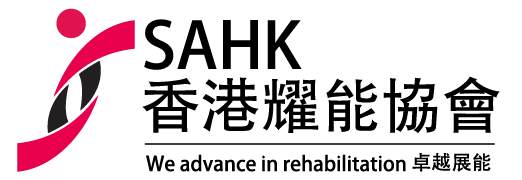Conductive Education
Papers published in Professional Conference & Journal by SAHK
Conventional therapies are ‘bottom-up’ approaches1 in which underlying sensori-motor deficits are treated in preparation for function. In a recent systematic review of the best available intervention evidence, Novak et al. (2013) concluded that ‘bottom-up’ approaches1 have little carry-over into functional gains. On the other hand, there was high-quality evidence supporting ‘top-down’ approaches based on learning theories, in which interventions are activity-focused, context-specific, participation-based, as well as repetitive-and-goal-directed. New evidence in cognitive neuroscience and the contemporary trends in rehabilitation are both directed towards the practice of Conductive Education (CE), a Hungarian model founded by Prof. András Petö in the late 40s.
References:
Novak, I., Mcintyre, S., Morgan, C., Campbell, L., Dark, L., Morton, N, …, Goldsmith, S. (2013). A systematic review of interventions for children with cerebral palsy: state of evidence. Developmental Medicine and Child Neurology. DOI: 10.1111/dmcn.12246.
that restore function in different environmental contexts through intrinsic motivational strategies while ‘bottom-up’
refers to the restoration and compensation of the reduced body functions through extrinsic facilitators and
techniques that enhance sensori-motor deficits according to the assessments of body structures and functions.






